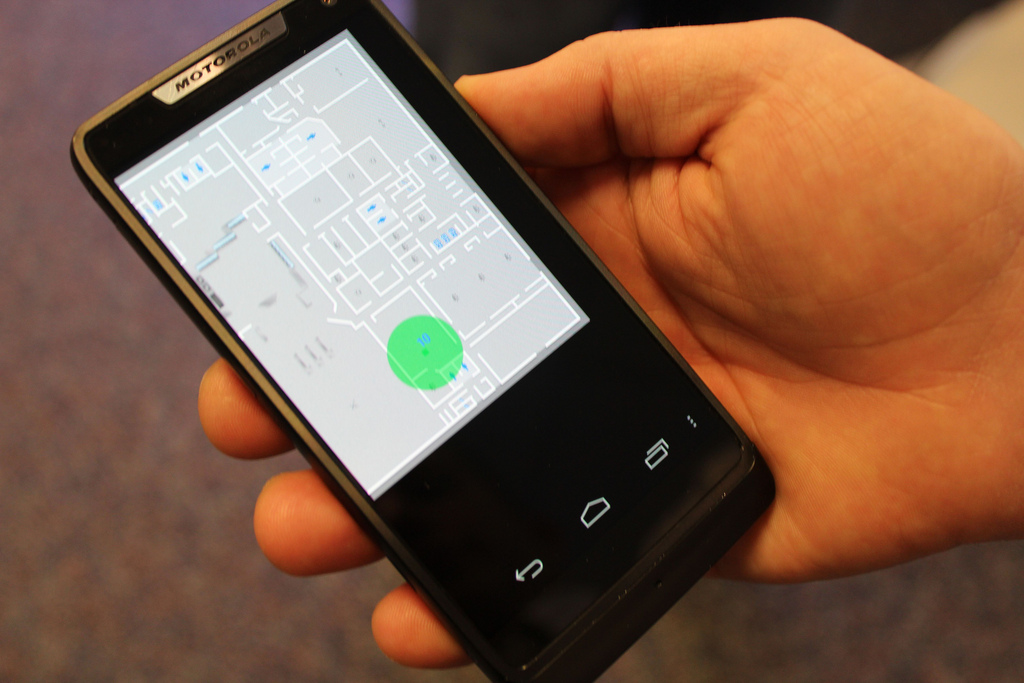This post is also available in:
 עברית (Hebrew)
עברית (Hebrew)
Location technology can detect the current location of people or objects through the use of various sensors and methods of calculating geographical location, such as through GPS technology and cell tower triangulation.
The location-technology industry is constantly changing in reaction to new technology, government regulation and consumer demand. Developments forecasted for 2019 may have a significant impact on how the public-safety sector, commercial industries and consumers use location technology. urgentcomm.com elaborates on some of them:
3D indoor location – With the ongoing advances in detecting devices indoors with high accuracy and across three dimensions, 3D indoor location will come into its own next year.
The costs of useable indoor-location solutions were lowered, while Apple and Google continue to put out increasingly sophisticated devices capable of transmitting and receiving signals that help create a more precise location footprint.
The spread of indoor beacons and high-sensitivity sensors, combined with still-emerging sophisticated indoor maps, will enable indoor navigation and tracking for a variety of public safety applications.
Advances in barometric positioning, which even works in tall buildings make possible solutions such as software-based hybrid technology that provides first responders with increasingly accurate location to locate emergency callers.
Potential applications in the civilian sector could include a hotel chain that will deploy 3D location across its high-rise properties to monitor employees, theme parks, as well as the energy sector that could use this in mines and oilfields to improve workforce safety.
Demand for increased safety – Community organizations will act to influence local, state, and federal governments to invest in location technology to keep people safe. This trend began this past year in the wake of the Parkland school shooting. In states impacted by natural disaster there was a call for robust increases in public-safety funding.
High-accuracy location technology provides additional tools for first responders in a highly-intense environment, such as a mass shooting or natural disaster. Police could locate emergency callers quicker and more accurately. Location technology also enables “blueforce” tracking, enabling the monitoring of the police, fire personnel to help ensure their safety and dispatch them more quickly to emergencies, something these groups have said they want.
Big data generated by location intelligence – Wireless network providers and device companies generate a massive amount of user location intelligence, which is available to businesses that use that data to market goods and services back to those same users. As this location information gets more accurate and produces more detailed location intelligence, location intelligence will generate additional business opportunities and improve the consumer experience.
As location tracking becomes more pervasive, consumers’ data privacy will be protected through sensible regulation.


























